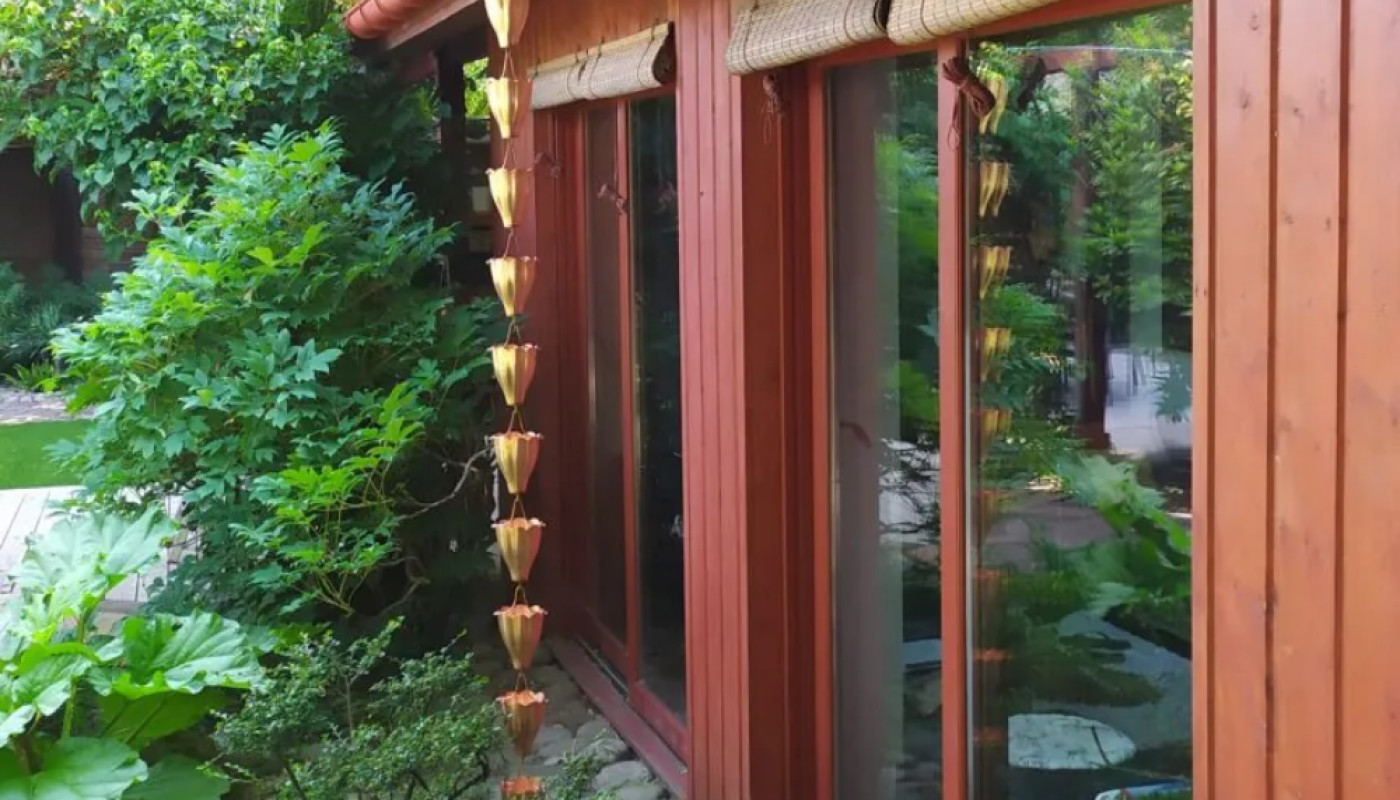Table of contents
Imagine transforming your cramped balcony or tiny backyard into a lush oasis brimming with greenery. Vertical gardening setups are a creative solution for gardening enthusiasts looking to maximize the limited space they have available. This piece dives into the world of innovative vertical gardens, showcasing how small spaces can be reimagined into vibrant, plant-filled sanctuaries. Read on to uncover the potential of vertical gardening and how it can revolutionize urban green spaces.
Understanding Vertical Gardening
Vertical gardening is an innovative approach to urban greenery, allowing individuals to cultivate plants using vertically suspended panels or structures. By implementing these space-saving techniques, gardeners can transform bland walls and limited spaces into lush, living tapestries. The vertical gardening benefits extend beyond mere aesthetics; these setups can significantly improve air quality and offer the possibility of growing one's own produce, even in the most compact of living situations.
When delving into the world of vertical gardening, it is paramount to select the appropriate vertical panels or supporting frameworks. These should not only accommodate your chosen flora but also complement the environmental conditions of the space. Moreover, the plant selection process is equally critical; it requires a keen understanding of which species thrive in vertical conditions, factoring in light exposure, watering needs, and growth habits.
Professional guidance from a horticulturist or landscape architect can be incredibly beneficial in navigating these considerations. These experts possess a deep knowledge of plant systems and are adept at maximizing design efficiency within spatial constraints. Additionally, incorporating hydroponic systems into vertical gardens is a sophisticated technique that can be utilized to optimize plant growth without the need for soil, further expanding the possibilities of urban agriculture and greenery in small spaces.
DIY Vertical Garden Projects
Embarking on DIY vertical garden projects is a display of both creative gardening and sustainable practices. Transform the limited space you have into a lush, vertical oasis by upcycling common household items. This step-by-step guide will walk you through the process of selecting repurposed materials that can be given a second life as components of your vertical garden. From wooden pallets to old picture frames, your options are as varied as they are eco-friendly. Not only does this approach minimize waste, but it also adds a unique and personal touch to your gardening space. Whether you're an experienced crafts expert or a beginner enthusiast, these instructions will help you create a vertical garden that blooms with life and reduces your environmental footprint.
Choosing Plants for Your Vertical Garden
Selecting the right plants is vital for the success of any vertical garden. When considering which plants to use, it is crucial to assess the light exposure of your space. Plants have unique photosynthesis needs, and understanding the amount of sunlight your garden will receive each day will guide you in choosing species that will thrive in those conditions. Alongside light exposure, watering requirements should not be overlooked. Some plants may prefer dry conditions, while others might need consistent moisture to flourish.
Growth habits also play a pivotal role in plant selection. Plants that naturally climb or cascade can enhance the visual appeal of your vertical setup and ensure a lush, dense display over time. On the other hand, plants with more rigid or upright growth might be better suited for the higher sections of your vertical garden, where they can provide structure and form.
Climate considerations are just as indispensable, particularly when it comes to understanding plant hardiness zones. This classification system helps gardeners determine which plants are most likely to endure the local climate year-round. By choosing plants that are suited to your region's temperature extremes, you ensure that your vertical garden remains resilient and sustainable. A botanist or experienced gardener can offer invaluable insights into the complex interplay between plant biology and environmental factors, ensuring that your vertical garden not only survives but thrives.
Vertical Garden Maintenance
Maintaining a healthy vertical garden is paramount for those who wish to enjoy the lush greenery of their space-saving arrangements. With vertical gardens, plant health monitoring is a continual requirement, as these setups can be more susceptible to issues that traditional gardens avoid due to their unique orientation. Key to ensuring the continued success of your vertical garden is implementing an effective watering system. Such systems should deliver water evenly and at regular intervals, preventing both over and under-watering which can be detrimental to plant health.
Moreover, pruning techniques adapted for vertical gardens are indispensable. Regular pruning not only helps in maintaining an aesthetically pleasing arrangement but also encourages proper air circulation and aeration, which is vital for preventing the spread of plant diseases. Additionally, managing the nutrient management of your vertical garden is a delicate balance. Since soil volume is often limited in vertical setups, providing the right amount of fertilizer is necessary to compensate for the rapid depletion of nutrients.
Attentive care and regular checks will allow you to catch any signs of distress early on and take corrective measures to resolve them. For an optimum vertical garden maintenance routine, consider consulting with a professional gardener or horticulturalist who can provide tailored advice and solutions uniquely suited to the structure and species of your vertical arrangement.
Innovative Space-Saving Solutions
Urban garden designers and architects constantly seek fresh approaches to create green spaces within the constraints of urban living. Innovative gardening solutions are particularly relevant when addressing the topic of limited square footage. This section delves into an array of space-saving solutions that can transform even the smallest of areas into lush vertical gardens. Hanging garden pockets, for example, offer a flexible option that can be draped over walls or balconies, instantly adding a touch of greenery without taking up valuable floor space.
Meanwhile, modular gardening systems take advantage of the vertical plane, stacking plants in a visually appealing and accessible manner. These systems are designed with modular design principles, allowing for easy customization and expansion. Tower gardens are another dynamic option, enabling one to grow a variety of plants in a compact, vertical column. By incorporating these innovative gardening systems, individuals are empowered to create thriving gardens within their urban sanctuaries, regardless of space limitations. Such inventive solutions are not only practical but can also serve as a focal point of an urban dwelling, bringing vitality and nature closer to everyday life.
Similar




